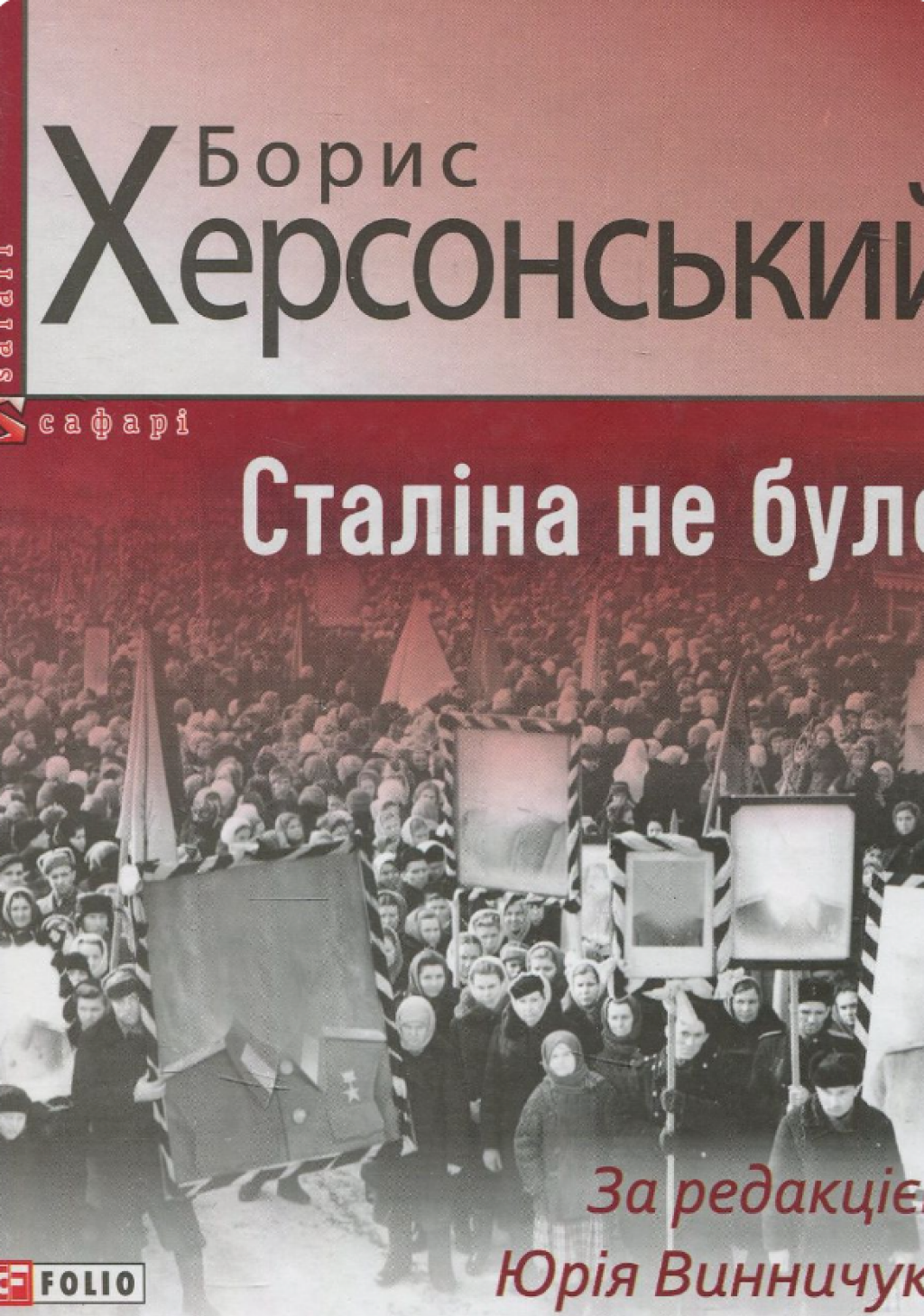This is the thirty-third entry of
Russia’s Alien Nations: The Secret Identities of Post-Socialism
, an ongoing feature on All the Russias, as well as the twentieth entry of Chapter 1. It can also be found at
. You can also find all the previous entries
.
Compared to the vatnik, the sovok looks positively gentle. The sovok, after all, is the quintessence of Late Socialism, preoccupied with consumption, culture, and avoiding labor. But the vatnik, even if he is the “grandson” of the Sovok, has a more troubling, and more complicated historical context. Chadsky designed him to represent his own era, an era that he understands in terms of a more distant Soviet past: the Stalin years. Though the coat that gave the vatnik his name was, as I indicated in the previous post, a mainstay of military life during the Second World War, Chadsky specifically connects it to the Gulag. The vatnik lives in two times at once, as Chadsky himself says “The Vatnik is the Russian citizen (rossianin) who, to this day, still mentally lives in Stalin’s camps, and is fine with that." (Otets Vatnika). Thus, according to Chadsky, the key to the vatnik is hatred:
Without hatred there can be no real vatnik…Every vatnik tries to cover his hated with nobлe motives or a wounded sense of justice, but we know.
Here’s what practically any vatnik hates:
America in particular;The West as a whole;Sexual minorities…European values..Liberalism (because liberalism leads to European values; because liberals destroyed the USSR);Political and civil liberties (because these liberties - occupation by the West, a loss of OUR RESOURCES and the mandatory institution of debauchery starting in kindergarten);Dissent…Ukraine, George, the Baltics, and all those AMERICAN WHORES (those countries that BETRAYED their Russian brother by choosing the civilized path of development. HOW DARE THEY?! (Vatnik I nenavist)
Sovok oscillated between representing a maligned segment of the post-Soviet population (people who clung to their old Soviet ways and worldview) and encompassing virtually everyone who was raised in the Soviet system (ruefully acknowledging kinship with a character tip that, while not flattering, may have had its charms). The vatnik’s role in the Russian imaginary is much more clear-cut. Chadsky acknowledges that some people might try to appropriate Vatnik as a positive representation of their own self-image, but is convinced that this would be a misunderstanding of what Vatnik is all about. Sovok was abject, but the vatnik is the
politicized
abject. The vatnik is the (presumably liberal) Russian’s ideological opponent in political debates and process that are real, relevant, and current. To put it simply: an American vatnik would be a cartoon character made out of a MAGA hat. Chadsky may be right when he identifies the vatnik with hatred; for that matter, if we believe in the importance of authorial intent, he has to be right, at least in the initial stages, before the vatnik Internet meme spreads both with and without him. But even If we accept that the hatred is initially the product of Vatnik and the people he parodies, hatred inevitably becomes a two-way street. Loving vatnik-as-parody is difficult to disentangle from hating the vatnik-as-object-of-parody. Which raises the question: is Vatnik an instrument of Russophobia? In my previous book (or as previous as a book can get when it was just published last month), I argue that Russophobia is largely an overblown, rhetorical trick used in order to discount any criticism of Russia, the Russian state, or Russian government policy. But the image of Vatnik is so hostile (however hilarious) that accusations of Russophobia begin to look rather credible. Vatnik is not just a condensation of Putin-era patriotism and aggressive chauvinism; he is a symbol, or perhaps symptom, of contemporary Russia’s optical polarization (again, see under: MAGA hat). Appreciating Vatnik places the viewer in a very particular subject position, that of someone who is fed up with everything Vatnik represents. Chadsky rejects the possibility of a positive reappropriation of Vatnik, and does not offer as a possible alternative the
over identification
with Vatnik (Vatnik as styob). Styob, we should recall, is a particular form of humor pioneered (or at least initially identified) in the late Soviet era, in which the straight faced adoption of Soviet cant or ritual serves to undermine the very thing adopted. In the United States, the most obvious example would be the right-wing person Stephen Colbert created for
The Daily Show
. Styob may surround Vatnik, but without actually choosing the vatnik as its object. If anything, Anton Chadsky himself, along with his various antics in the past several years, resembles an exercise in a styob of a different kind: at times, Chadsky appears to be engaging in styob whose object is not the Russian chauvinist, but the “Russophobic” Russian liberal. This begins with Chadsky’s name, which is both a pseudonym and a portmanteau. “Chadsky” combines “Chaadaev” (the nineteenth-century intellectual whose critique of the barrenness of then-contemporary Russia led the authorities to declare him insane) and “Chatsky” (a name whose orthographic difference from “Chadsky” yields to homophony when either one is spoken aloud). Chatsky is the protagonist of Alexander Griboyedov’s 1831 play
Woe from Wit
, about a man who, upon his return home from abroad, is appalled by Russian reality (tradition has it that Chatsky himself was based on Chaadaev). Styob may well be the best framework for Chadky’s most scandalous public art action on a visit to Ukraine that turned into extended exile. On January 12, 2015 a
caused a minor stir on Russian social media: filmed at an event in Kiev entitled “Junta und vata” (a multilingual reference to the Russian media’s characterization of the post-Maidan government as a “bloody junta” and the Vatnik-inspired term “vata” (cotton) to characterize Russian nationalist sentiment), it was called “Eating the Russian-Speaking Baby” or “Eating the Russophone Baby” (“Поедание русскоязычного мальчика”). Most likely inspired by an earlier scandalous political art action in 1998, when the artist Yuri Shabelnikov baked a life-sized (or perhaps, death-sized) cake baked in the
, to be consumed by those in attendance at the performance, this event was even more macabre. In this case, the base of the cake is decorated in the colors of the Russian flag, on top of which lies the shape of an infant, complete with diaper and pacifier (also, naturally, made of cake rather than human flesh). As the theme to the 1980s evening soap opera
Dallas
inexplicably blares in the background, the revelers laugh and ask to eat various baby parts (“I want the belly!”), and shout about the “bloody Kiev junta.” Events like these are easy to dismiss as bad taste (though one commentator
: “the baby was excellent. Very tasty”). But to take them at face value is both to misunderstand the styob and succumb to elementary trolling (which, come to think of it, is often tantamount to a weaponized form of styob). In this case, the choice of a baby was a pointed reference to an infamous case of propaganda in the summer of 2014, when Russian state television aired a false report about a Russian boy publicly crucified by Ukraininan fighters in the city of Slovyansk. The baby also subverts the very premise of this sort of propaganda. What, after all, is a “Russophone” baby? On the surface level, we know exactly what this means: the child of Russian-speaking parents. But upon reflection, we realize the absurdity of the term. A baby cannot be Russophone, because a baby cannot speak. This renders the banana-cake baby the perfect simulacrum of an ideological concept that has no counterpart in the Real: the banana cake construct is just as much a fake baby as a biological baby is a fake “Russophone.” As an idea, eating a Russophone baby is an atrocity, but as a reality, it cannot be a crime, because there is no Russophone baby to eat. In the hands of a different artist, then, the Russophone Baby action could serve as a critique of language-based nationalism throughout the entire Eastern Slavic region, or even reinforce a common Russian dismissal of the existence of Ukraine itself (on the basis the Ukraine and the Ukrainian language are simply variations on Russia and Russianness). Yet this is manifestly not Chadsky’s intent, as seen in his
to his critics:
You fainting, drooling maniacs and rapists, hysterical maidens, sighing over the banana cake baby while gladly swelling the real corpses Russia makes with your approval in Eastern Ukraine—you are the ones who have created this world of vata, whose destruction I am calling for. The bloody golems of Russian racism (русизма), with their little hate-filled, narrow, Putinist eyes, look upon my kitchen knife, stained with a cake’s banana soufflé.
Unless Chadsky is engaging in some sort of next-level styob that even my cynical eyes can’t recognize, it is hard to miss just how saturated his condemnation of the “hate-filled” Putinists is with unadulterated hate. To be clear: this is neither a “plague on both your houses” nor a “good people on both sides” argument; it is quite possible to sympathize with Chadsky’s politics while being put off by his rhetoric. Which brings me back to the main feature distinguishing the vatnik phenomenon from the sovok: where the sovok is engaged in a subtle back-and-forth game between identification and alienation, the vatnik (like the MAGA hat) leaves no room for even rueful, ironic identification. Sovok is a symbol of backwardness and poor taste, but also of nostalgia for a time when the cash nexus was relatively powerless. Vatnik is an icon of ideological civil war.
Next: Wait, Wait…Don’t Tell Me!



